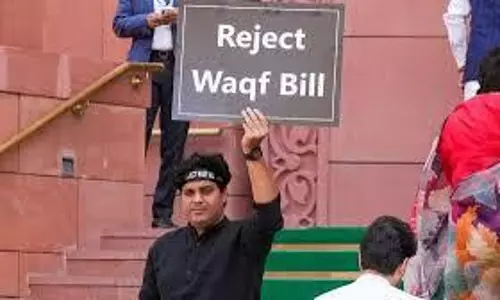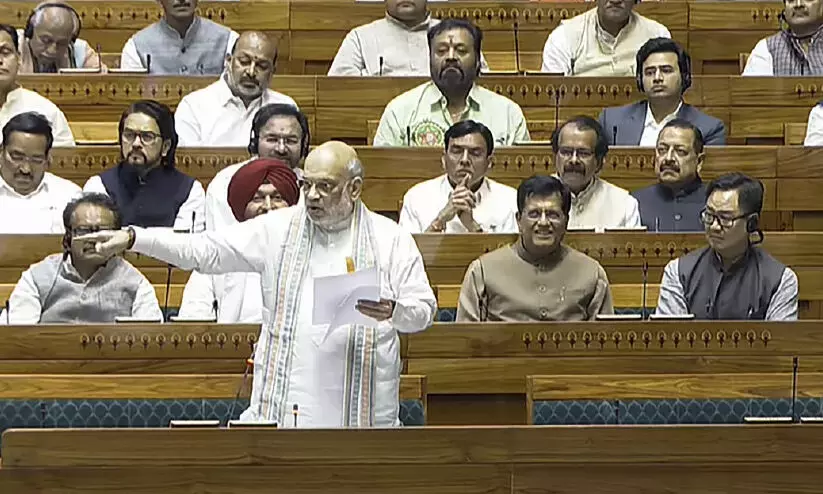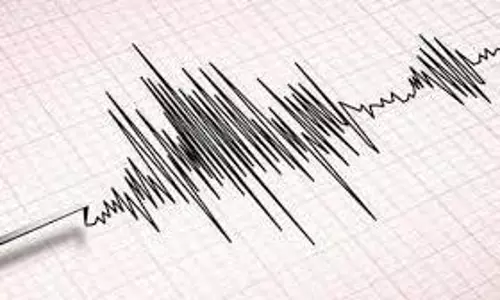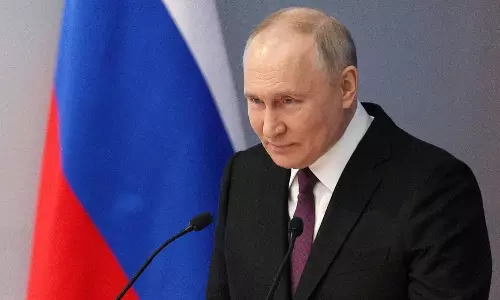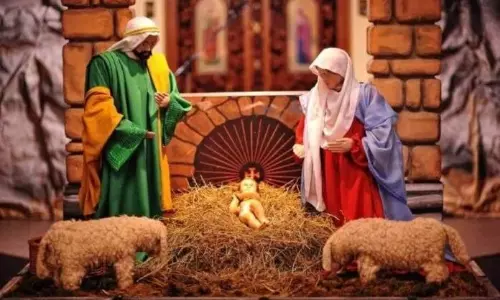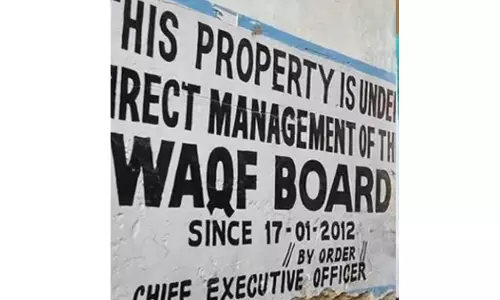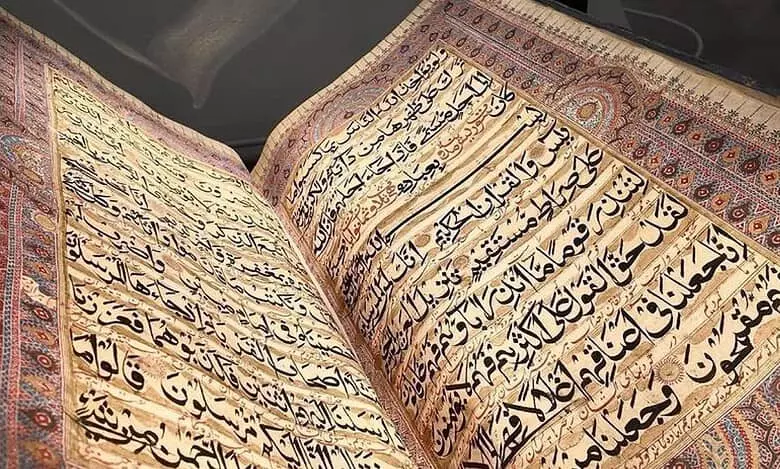
Jeddah’s Islamic Arts Biennale showcases 200-year-old Indian Quran manuscript
text_fieldsA rare two-century-old Quran manuscript, transcribed in India, is now on display at the Islamic Arts Biennale at the Western Hajj Terminal of King Abdulaziz International Airport in Jeddah. This extraordinary artifact, originally designated as a waqf (endowment) for the Prophet’s Mosque in Madinah, highlights India’s deep historical connections with Islamic art and heritage.
The monumental manuscript was transcribed on the 6th of Muharram, 1240 AH (August 31, 1824 AD) by Indian calligrapher Ghulam Mohiuddin in northern India. Measuring an impressive 139.7 × 77.5 cm, the Quran is adorned with gold embellishments, deep-colored pigments, and a cover once encrusted with rubies, emeralds, turquoise and peridot.
According to the Saudi Press Agency (SPA), the text is written in black Naskh script, accompanied by a Persian translation in red Nastaliq, reflecting the Indo-Persian calligraphic style of the period. The manuscript’s journey to Madinah is well documented, having arrived in the mid-13th century AH, where it was placed near Bab As-Salam before being moved to the mosque’s treasury during restoration in 1273 AH (1857 AD).
In 1302 AH (1884 AD), the Quran was carefully rebound by Hajj Yusuf bin Hajj Masoom Nemankani, an Uzbek scholar and manuscript expert who later settled in Madinah. Today, it is preserved at the King Abdulaziz Complex for Endowment Libraries in Madinah.
The manuscript's display at the Islamic Arts Biennale serves as a testament to India’s lasting contribution to Islamic calligraphy and manuscript preservation. It stands as one of the rarest and most visually stunning Quran copies showcased at the event, drawing admiration from visitors and scholars alike.




